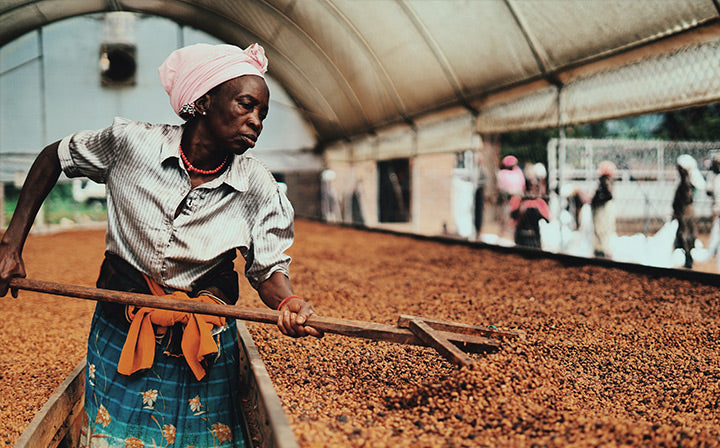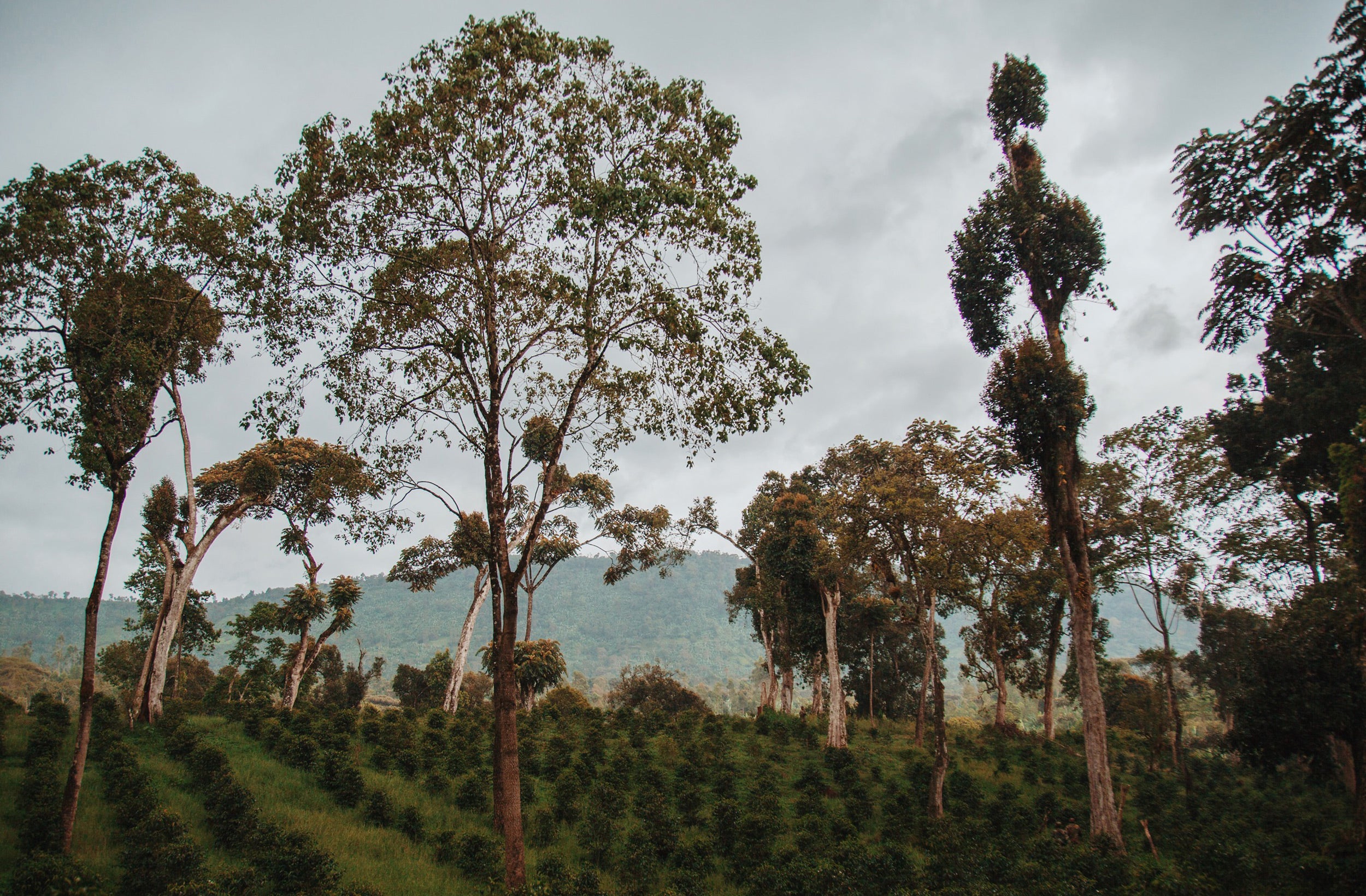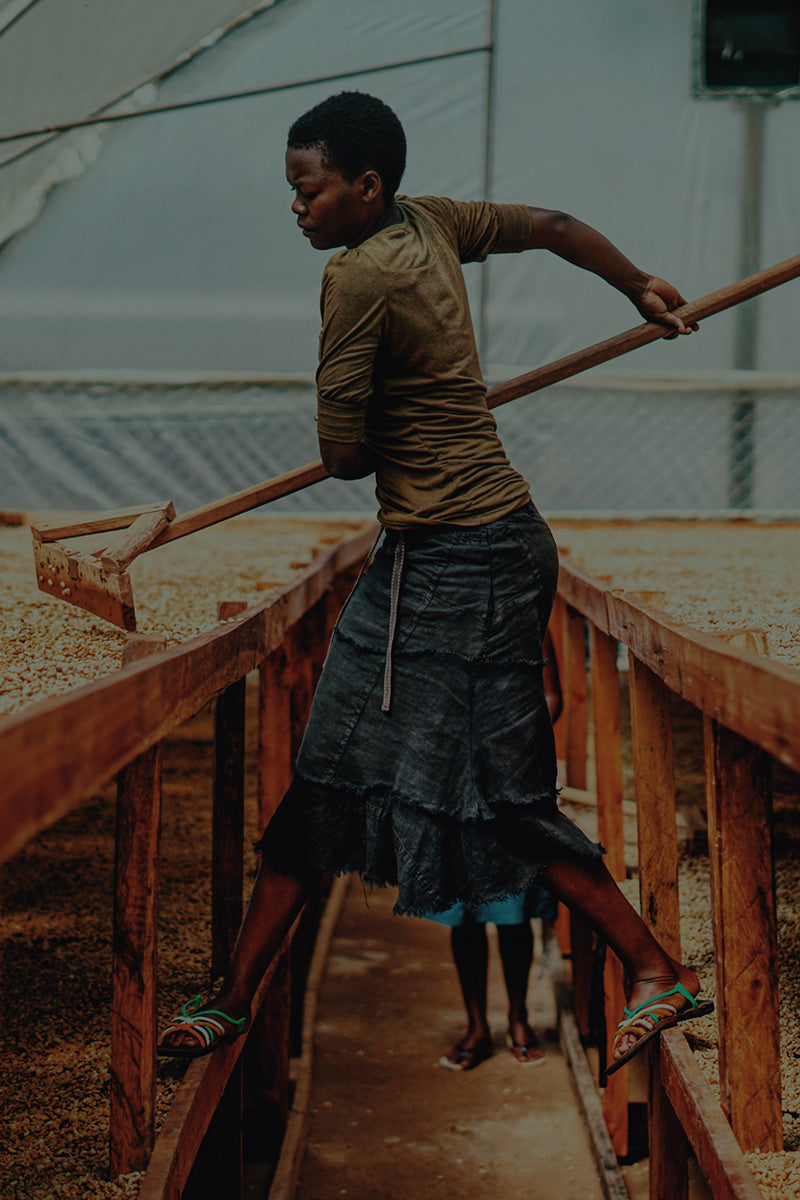Origin History
Ethiopia is widely considered the birthplace of coffee, particularly the town of Kaffa, which also gives coffee its name. Coffee was initially consumed as a food, ground and mixed with animal fats, before being roasted and brewed. Today, Ethiopia is Africa's largest coffee producer and the world’s fifth-largest exporter, generating 30-35% of its total export earnings from coffee.
Most of Ethiopas coffee is high-quality Arabica, grown by millions of smallholder farmers across the country. Ethiopia’s diverse climate, ranging from tropical cloud forests to cool zones, results in distinct coffee profiles from regions like Harar, Sidamo, Yirgacheffe and Limu.
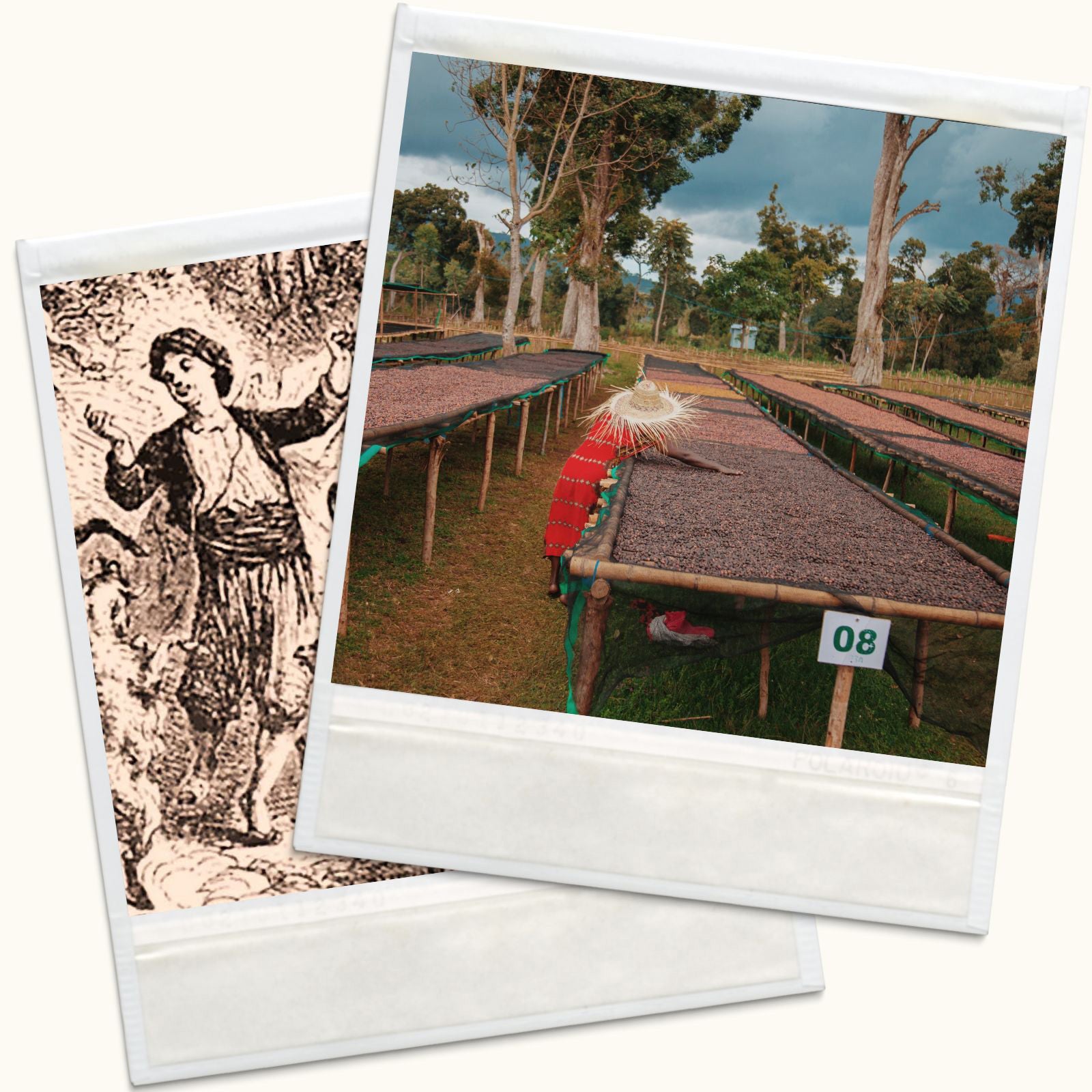
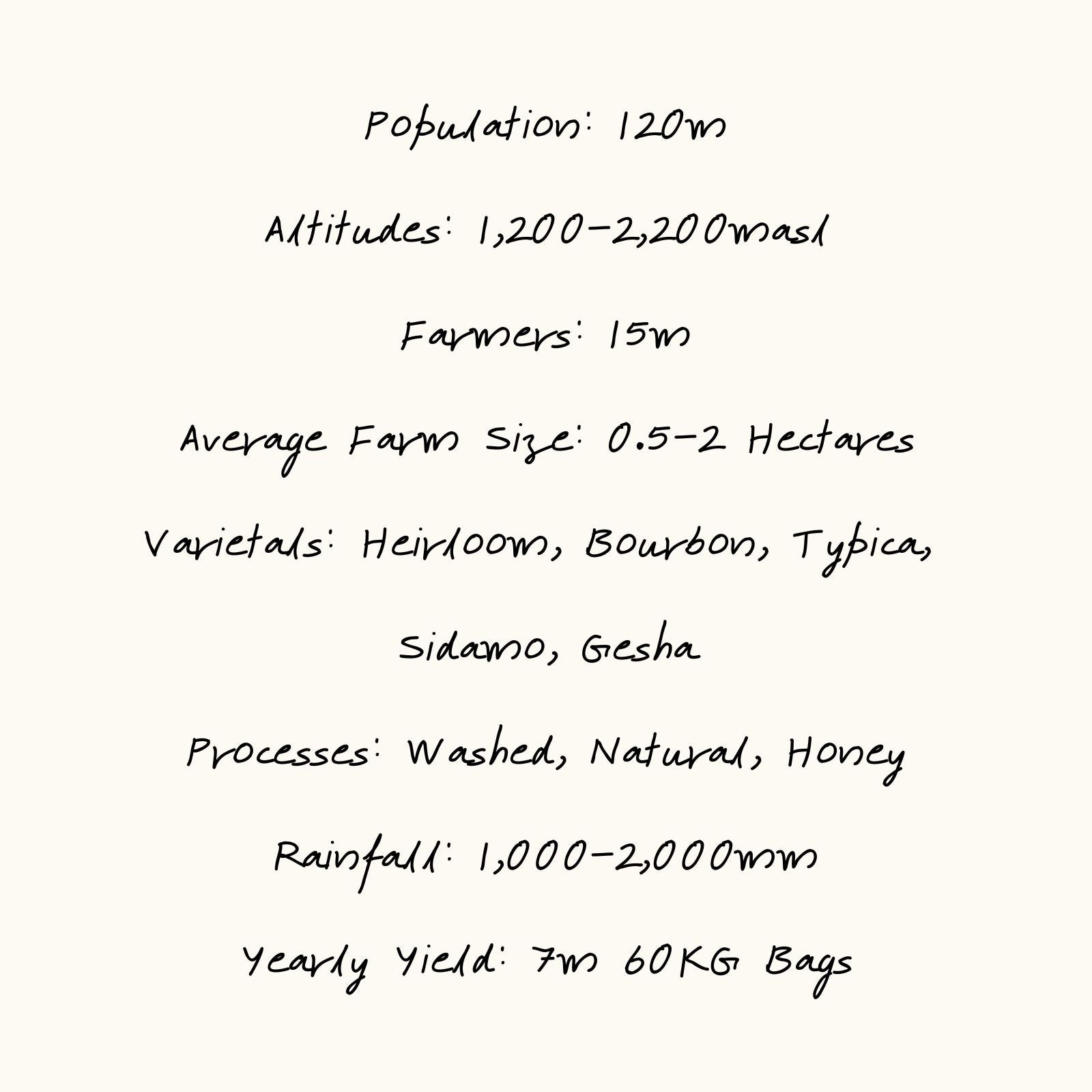
Present Day
The legend of Kaldi, the goat herder who discovered coffee, is well-known, though it’s likely the nomadic Galla tribe first recognised the plant’s energising effects. Regardless of its origins, Ethiopian coffee is renowned worldwide, especially in the EU, East Asia and North America.
However, climate change poses a significant threat to Ethiopian coffee. Rising temperatures and unpredictable weather could affect both yields and bean quality. Despite these challenges, Ethiopia aims to boost its coffee export earnings to 2 billion USD this year, highlighting the industry’s crucial role in the country’s economy.
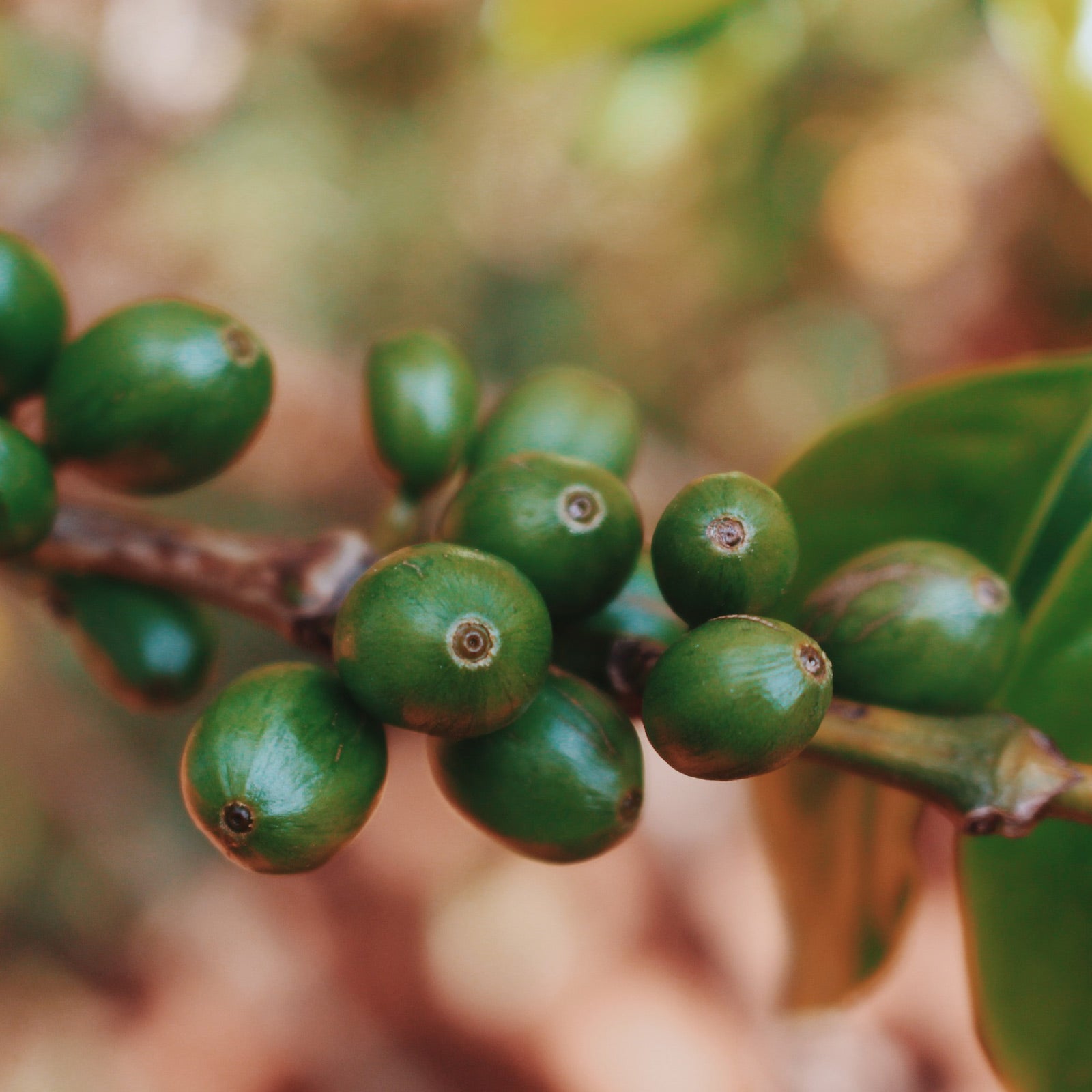
Coffee Arabica
Heirloom
Most of the coffee grown in Ethiopia are the indigenous heirloom varieties that have resulted from crossbreeding different species as well as varieties. This fact implies that each village or town in Ethiopia could host its own unique variety. This has made coffee from Ethiopia to be some of the most unique and coveted from around the world.
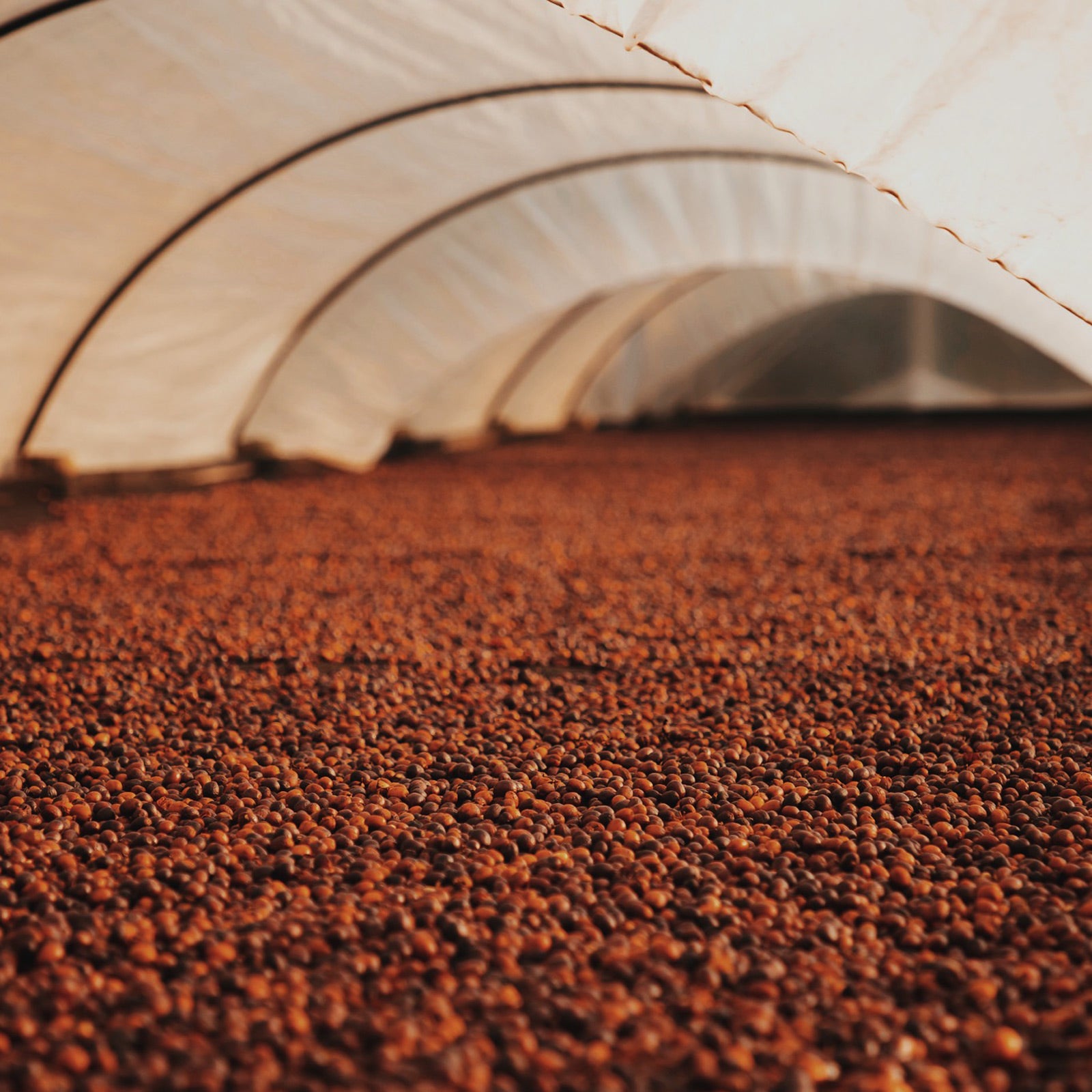
Coffee Arabica
Bourboun
Bourbon is a mutation of Arabica discovered on Réunion Island (formerly Bourbon Island) in the 1700s. It produces round, well-balanced beans with a higher concentration of lipids and sugars, which contribute to its smooth, sweet flavour. Bourbon trees grow at moderate altitudes (900-1,500 metres) and its high-quality beans have a more consistent size and shape compared to other Arabicas. Bourbon is particularly susceptible to pests and diseases, which makes it a less reliable producer but highly sought after by coffee connoisseurs. Bourbon is the foundation of many high-end varietals in South America, such as SL28 and Typica.

Coffee Arabica
Typica
Typica is one of the most important and widespread Arabica cultivars in the world, forming the base genetic stock for many other varieties, including Caturra, Bourbon and Gesha. It’s native to Yemen but is now cultivated in coffee-growing regions across the globe, typically at altitudes between 1,000 to 2,000 metres. Typica is renowned for its well-rounded flavour, with moderate acidity, medium body, and complex sweetness. It often exhibits fruity, floral or nutty notes depending on the region in which it’s grown. This cultivar is quite hardy, though it can be susceptible to certain diseases and its production is often lower compared to more modern hybrid varieties. Its flavour profile is prized for its consistency and versatility.
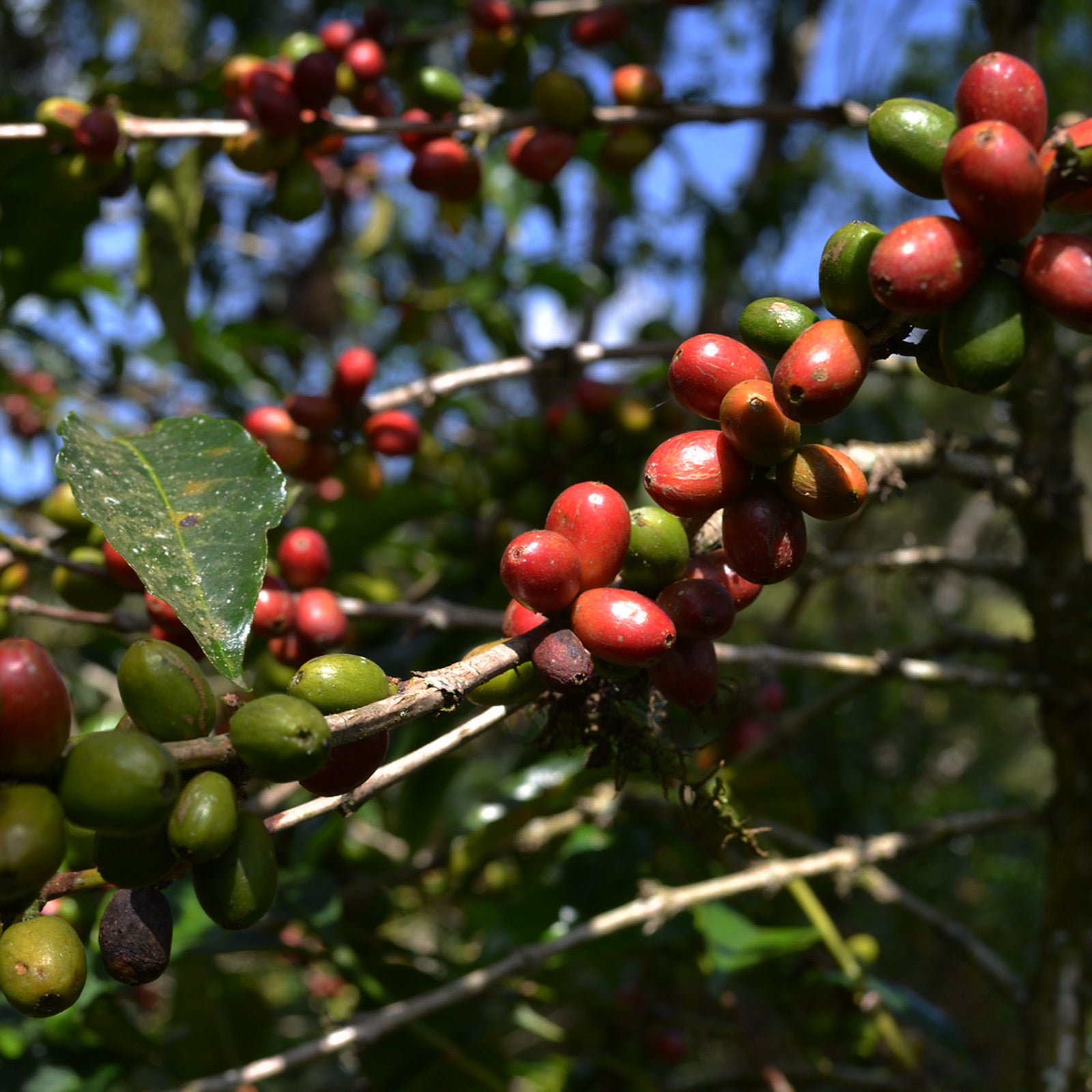
Coffee Arabica
Sidamo
Sidamo is a prized coffee from the Sidama region of southern Ethiopia, known for its vibrant acidity and complex flavor profile. Grown at altitudes of 1,500 to 2,200 meters, its volcanic soils contribute to a clean, bright cup with citrus, floral, and berry notes. Typically processed using the washed method, Sidamo offers a juicy, winey profile. While less prone to disease than other Ethiopian varieties, it still requires careful cultivation to maintain quality. When grown under ideal conditions, Sidamo delivers unmatched complexity and balance, making it a favorite among coffee enthusiasts.
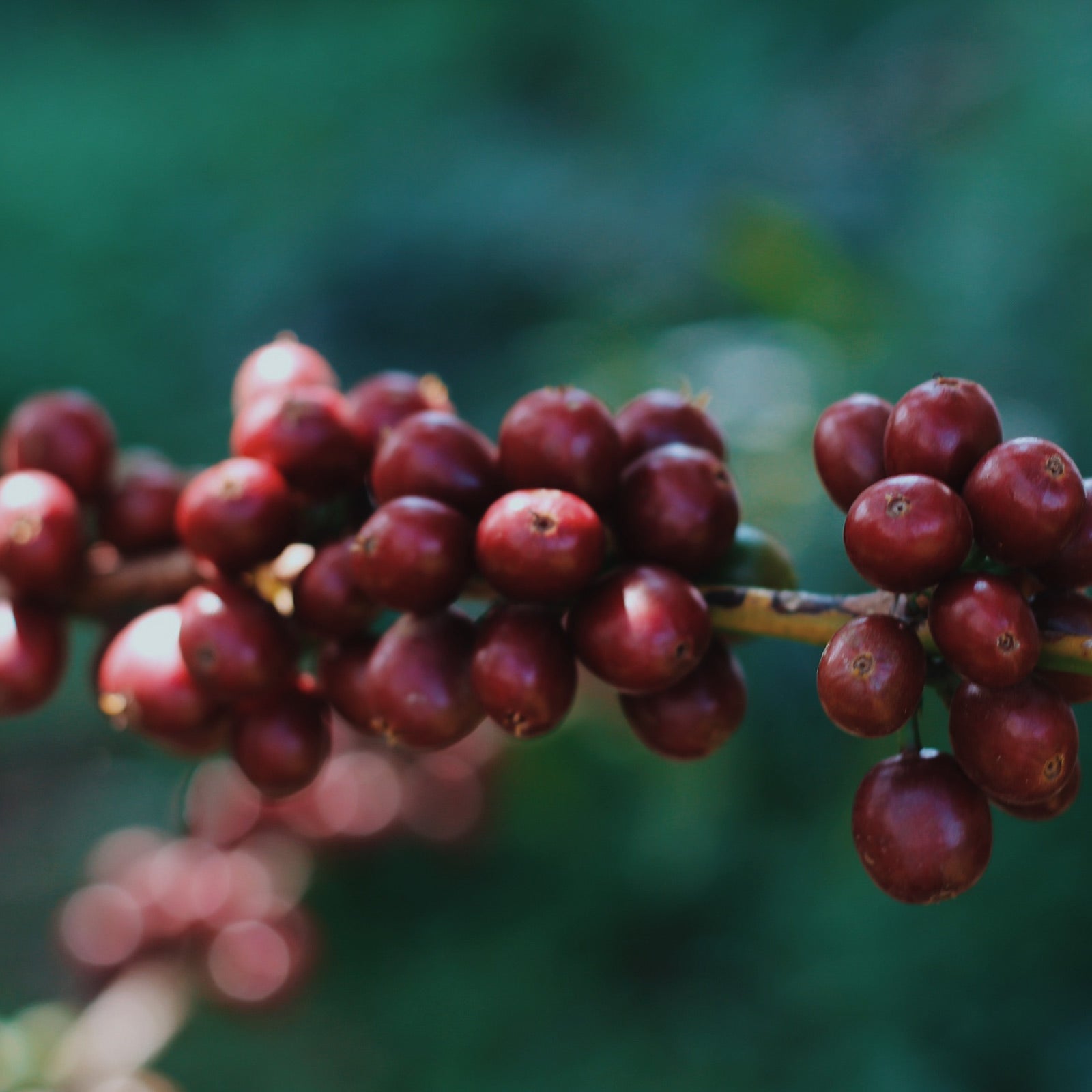
Coffee Arabica
Geisha
Geisha (or Gesha) originated in Ethiopia and was first cultivated in Panama in the 1960s. It is one of the rarest and most expensive coffee varietals, prized for its incredibly delicate, floral profile and complex flavours. Geisha’s low-caffeine content (about 1.2%) and high sugar concentration allow for intense sweetness and fruit-forward notes. It requires specific growing conditions, thriving at high altitudes between 1,500 to 2,000 metres. The bean’s elongated shape and large size are also distinctive. Geisha is highly sensitive to environmental changes, which can lead to variations in its flavour profile even within the same growing region.










